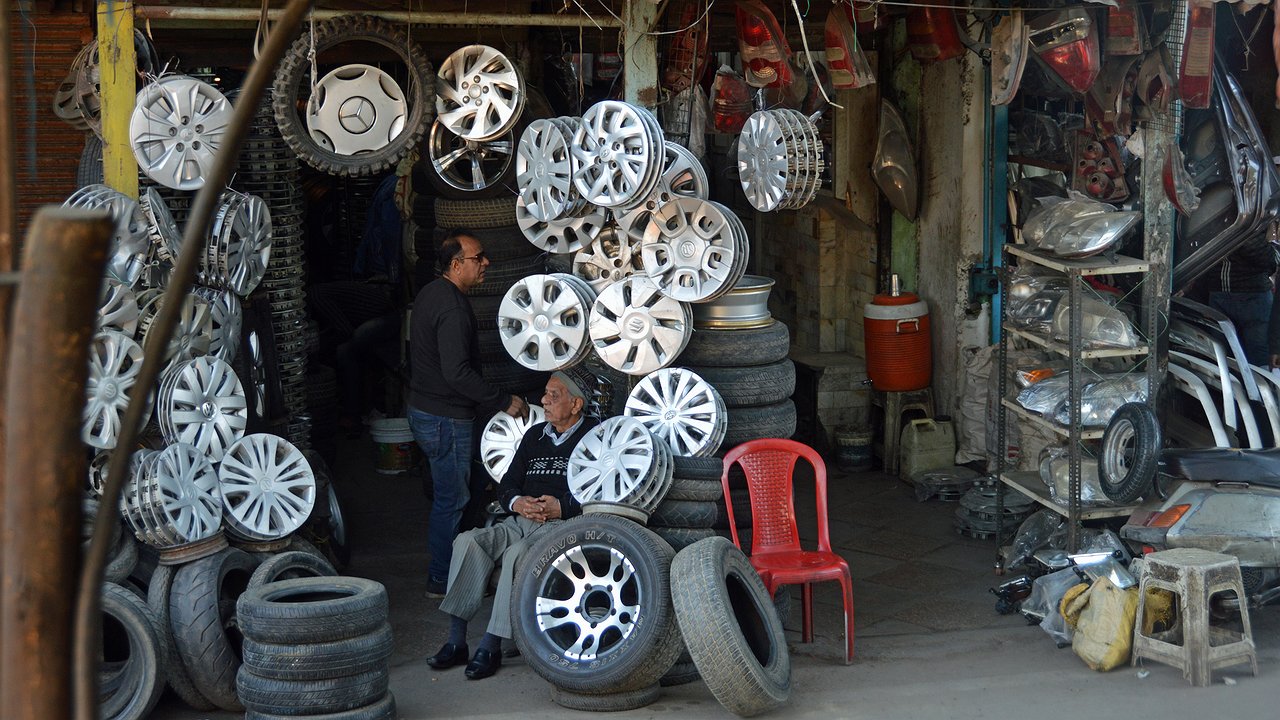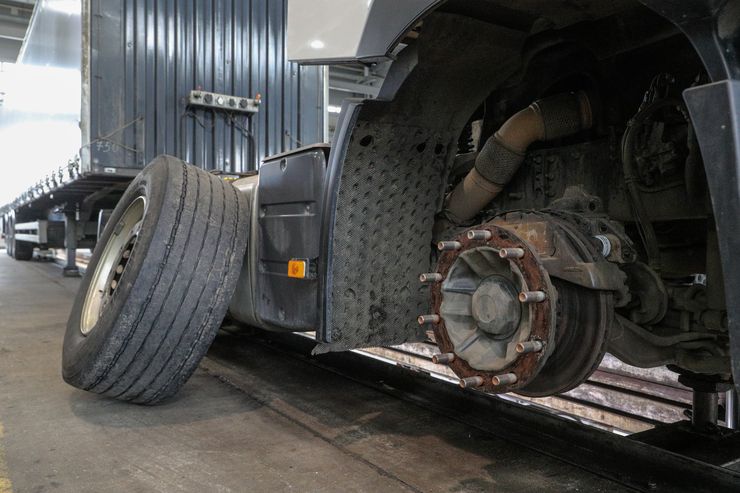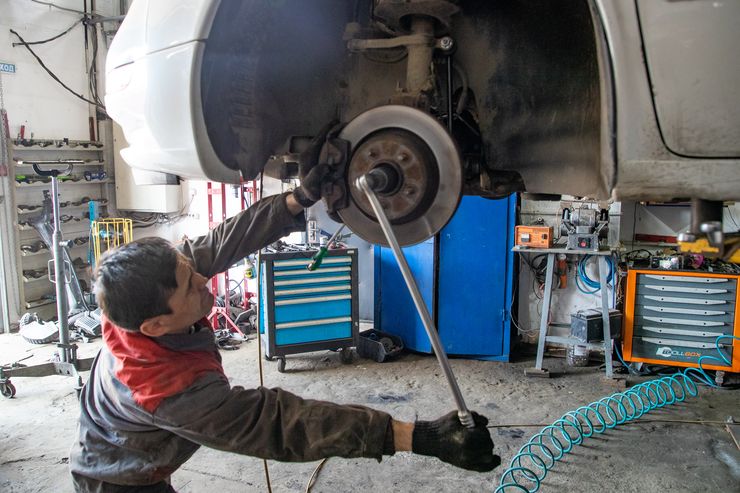The lifespan of a car is directly dependent on the quality and frequency of maintenance. Hundreds of thousands of kilometers on the odometer mean much less than irregular maintenance with mediocre consumables. Identical machines serve different owners in different ways: half of the resource is provided by the manufacturer and half by the owner. Saving on consumables – reduced resources, there is a direct correlation. However, there are systems where the savings will have immediate consequences; Road safety in general and the risk of an accident in particular depend on it. We are of course talking about the brakes.
The braking system is a fairly simple unit, the structure of which is basically the same for every car: pedal – vacuum unit – GTZ/wizard – lines – brake fluid – brake caliper – brake pad – disc/drum. Features and additional elements are accents on the portrait, which do not change its essence. But initial simplicity is the key not only to longevity, but also to high demands on every element of the system. The same brake fluid, which is hygroscopic, must be changed regularly, otherwise one day, at the most necessary moment, you will no longer be able to press the pedal. What can we say about the pads! However, it is necessary to talk, because many car owners, after shrugging their shoulders, make the fatal mistake of choosing not an original spare part, but a cheaper analogue.
A simple example is the popular GAZelle-3302, spare parts for which are made by a large number of manufacturers. In fact, the “iron horse” on which all domestic small businesses and millions of people ride. And, it seems, what could be so special about a simple block? A curved metal plate with a friction lining on it. The operating principle is extremely simple: converting kinetic energy into thermal energy.















